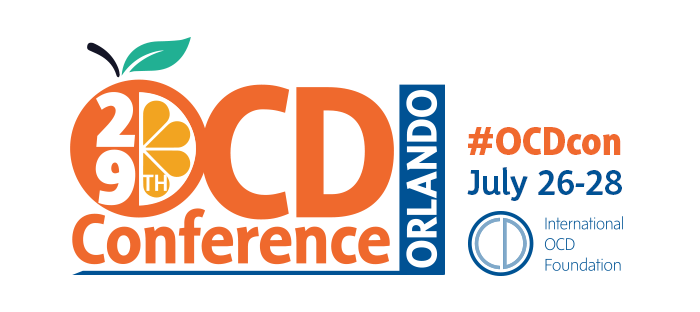
First things first: I want you to know that there are very effective treatments for OCD, especially Exposure and Response Prevention (ERP). This is the more important message if you need help today. It works for most people really well. It has the 2nd largest positive effect of any mental health treatment (runner-up only to the treatment of PTSD)!!
But We Don’t Know How…
That being said, we don’t know exactly how ERP works. Does that surprise you? We also don’t know the causes of OCD. Don’t let anybody tell you differently—if they do, they are not making an evidence-based claim but are sharing an opinion). There are many unfounded concerns about mental health treatment being a “soft science” or a “good guess” at best. Let’s compare apples to apples—around 50% of medical treatments have unknown effectiveness. We still don’t know how many treatments work, such as acetaminophen for pain and penicillin for infections!
Most people suffering from the torture of OCD just want some help—they don’t care about the theory. As a specialist, my regular work with complex cases requires studying and analyzing when and why things are or aren’t working. Get my ebook free: When and Why ERP Isn’t Working.
9 Theories
Nine theories or models help explain OCD and how treatment works. Learning about these theories can help some clients conceptualize treatment and increase their investment. Also, when the treating professional understands the theories behind the practice, their clinical work is better because it helps with humility, curiosity, openness to options, and being grounded in the basics.
Let’s jump in.
- Habituation—repeating something (stimulus) decreases distress (response).
- Emotional Processing—”fear structures” can be processed differently by changing interactions, responses, and the meaning attributed.
- Inhibitory Learning—when facing a feared stimulus without a fear response, a person experiences “expectancy violation,” whereby new learning can occur.
- Extinction– conditioned responses (like fear and avoidance) are weakened by exposure to the conditioned stimuli (spiders or bridges, etc.) in the absence of the original unconditioned stimulus (like an adverse event or association with spiders or bridges). Extinction is “safety learning,” whereas acquisition is “danger learning.”
- Self-Efficacy or Psychological Flexibility— skill and training developed amid anxiety and stress can facilitate follow-through with valued behaviors—rather than targeting fear reduction per se. Acceptance and Commitment Therapy (ACT) is an example.
- Cognitive Model–irrational and unrealistic beliefs underly all disorders; modifying distortions and thought patterns for OCD are central to Cognitive Therapy, Metacognitive Therapy (MCT), and Inference-Based Cognitive-Behavioral Therapy (I-CBT).
- Relational Frame Theory—language allows humans to learn, whether by personal history or relatedness (a child doesn’t need to burn their hand on a stove to discover its risk). ACT relies on this theory, which is a subset of functional contextualism,
- Responsibility Modification—The eminent psychiatrist Ian Osborn provides anecdotal evidence suggesting that faith assists Christians in shifting a feeling of responsibility to trust in God in the presence of distressing obsessions (Osborn, 2008).
- Neurotransmitter / Neuroanatomical—abnormalities in brain chemicals and structural and functional areas of the brain are part of OCD. These are still correlational and not causal, i.e., a brain scan might only be a mirror to how it looks rather than telling us what causes it.
What’s Your Experience?
If you have experienced OCD treatment, which of these explanations seems to apply?
- Are you a person who benefits from straightforward repetition and experiences lessening anxiety (habituation model)?
- Were you surprised you could resist compulsions and choose something different (inhibitory learning)?
- Did you find your confidence boosted in learning that you could take back proper control? (self-efficacy model).
Knowing how people best learn and grow can inform what approach is taken to treatment because the best treatment is always personalized to the individual.








Leave a Reply